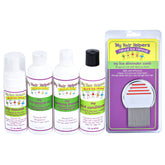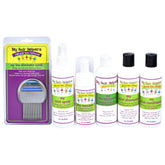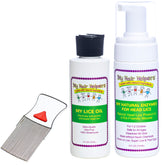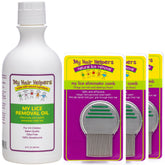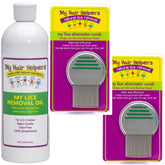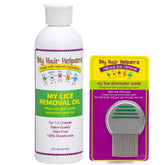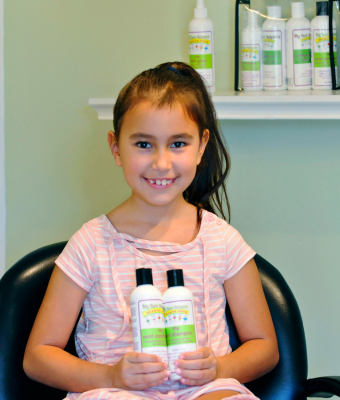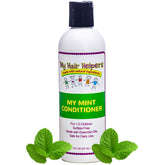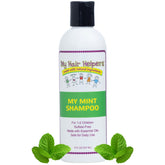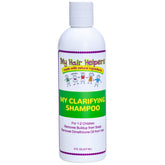DO HEAD LICE DIE IN COLD WINTER TEMPERATURES?
With the temperatures cooling off and winter only a few short months away, you might assume that head lice will soon die off. After all, many other bugs and insects die or go dormant in the winter, so why wouldn’t lice?
However, this isn’t the case. Head lice are stubborn and resilient pests that survive the winter months just fine. This means that your child is still at risk for catching head lice in the winter, and you’ll need to continue with your prevention methods.
Let’s learn more about head lice in the winter months if activity slows, and what you can do to keep your child safe.
Does Cold Weather Affect Lice?
Although freezing temperatures can kill lice and nits, cold weather has very little effect on them. The principle behind this is that lice live on the human head, which sits at about 98.6 degrees. So, no matter what the temperature outside is, the head stays warm and provides a cozy environment for lice and nits.
When lice fall off the head, they don’t live long, regardless of the temperature. Most lice end up living for about a day or two because there is no human blood to feed off. While lice will die in a cold environment, they will also die in a warm environment without food. Cold temps may simply speed up the process.
Do Head Lice Cases Increase or Decrease in the Winter?
Head lice cases do not necessarily increase or decrease in the winter, though some schools and daycares see certain trends. For instance, in some parts of the country, kids have to stay indoors during recess because it’s too cold and snowy outside. Since kids are crammed into a classroom without getting outdoors, this can increase head lice cases.
On the other hand, some areas cool off but stay warm, such as here in Los Angeles, so kids continue to go outdoors for recess. This prevents them from being cooped up in the same room all day, keeping head lice cases consistent. Some schools report seeing fewer cases of head lice because kids are bundled up with hats, protecting them from head lice.
What Can You Do to Protect Your Child from Head Lice in the Winter?
Continue following the same protocol in the winter months when it comes to protecting your child from head lice. This includes:- Tying back the hair in a ponytail or braid
- Using a lice spray on hair
- Encourage your child not to share hats, scarves, hair accessories, etc.
- Reminding your child about personal space - lice mostly spread through direct contact
- Taking a peek each week!


